![]()
![]()
at the request of Acadian representatives, Queen Elizabeth II (2003) acting as the Canadian monarch, issued
a proclamation officially acknowledging the deportation and establishing July 28 as a day of commemoration
Village Historique Acadien en Nouvelle-Écosse (1999)
the first Acadian World Congress in Moncton, New Brunswick (1994)
le Musée acadien du Québec à Bonavanture (1990)
Antonine Maillet's Pélagie-la-Charette (1979)
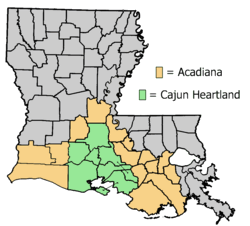
in 1971 the Louisiana state legislature officially recognized the area for its unique Cajun and Acadian heritage
(Louisiana House Concurrent Resolution No. 496), and made Acadiana the official name of the 22-parish region
le Musée acadien de l'île du-Prince-Édouard (1964)
Acadia National Park (1929)
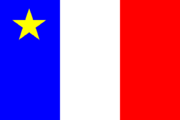
national flag of Acadia (1884)
Henry Wadsworth Longfellow, Evangeline (1847)
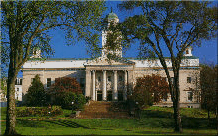
Acadia University (1838)
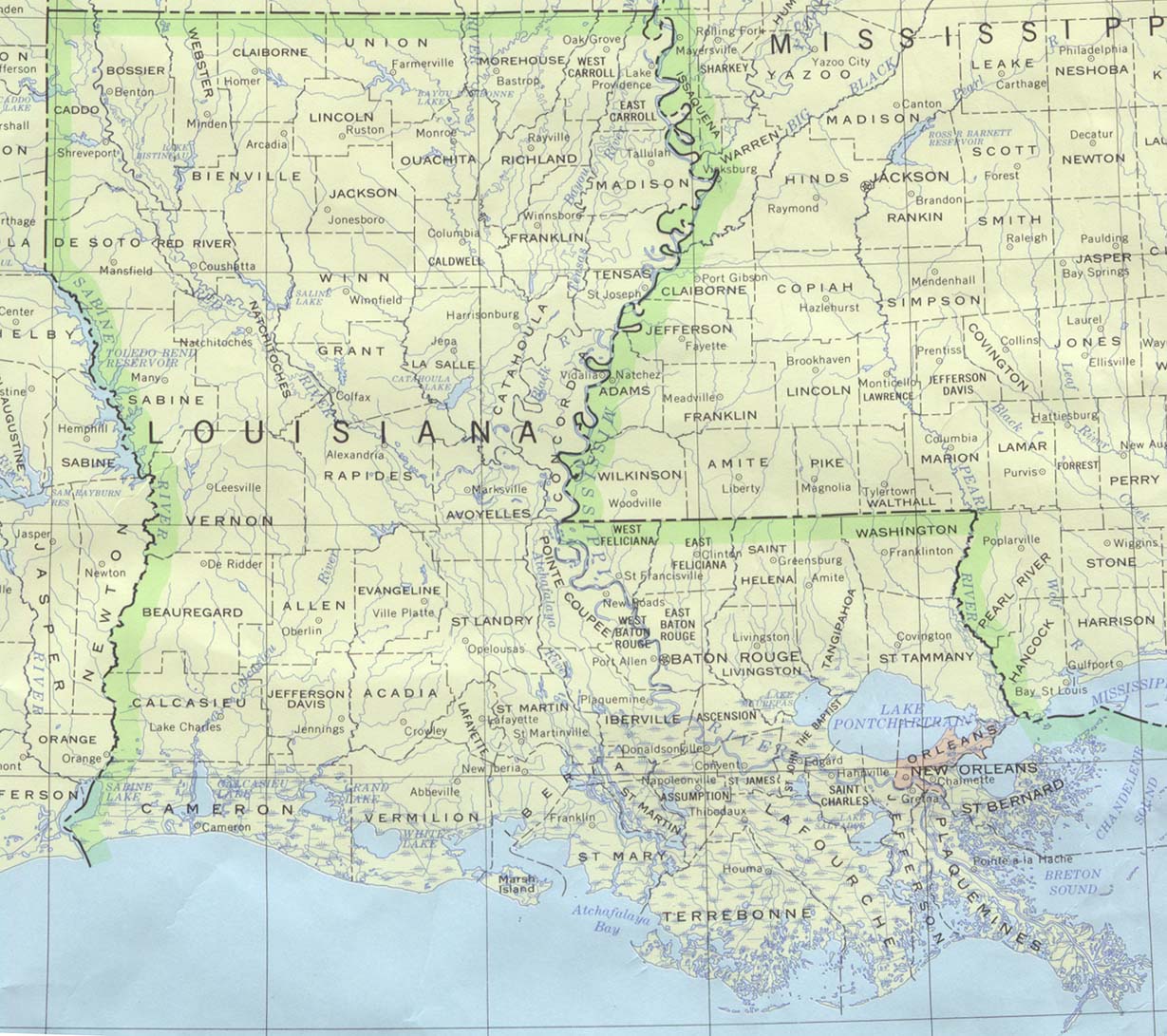
many expelled Acadians eventually settled in Louisiana (1763) the Cajuns who settled in south Louisiana originally did so in the area just west of what is
now New Orleans, mainly along the Mississippi River. Later, they were moved by the colonial government to areas west and southwest of New Orleans,
into the swamps and prairies shared with the Attakapa and Chitimacha Native American tribes. There they remained somewhat secluded until the early 1900's
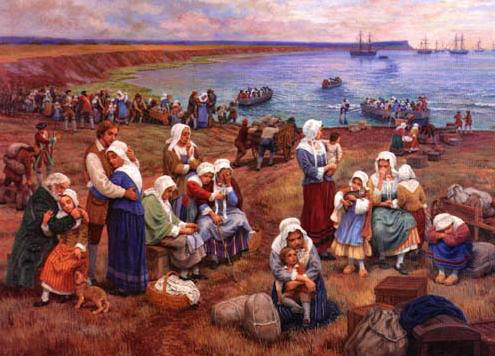
the British burned Acadian homes (1755) at the outbreak of the French and Indian War between Britain and France,
accusing Acadians of disloyalty (for not having taken the oath) and guerrilla action. Those who still refused to swear loyalty
to the British crown then suffered what is referred to as the Great Upheaval, when some 6,000-7,000 Acadians were expelled
from Nova Scotia to France or the American colonies. Others fled deeper into Nova Scotia and other parts of the colony of Canada
le Coude (1733)
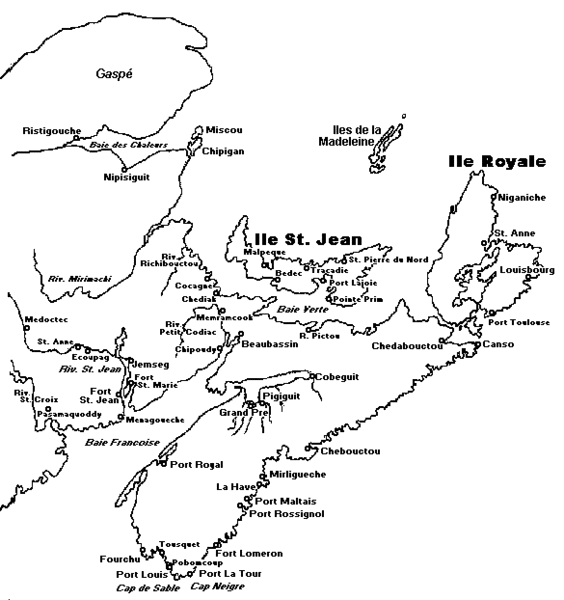
King Louis XIV of France appointed aristocrat Nicholas Denys as Governor of Acadia (1654) and granted him the confiscated lands
and the right to all its minerals. British colonists captured Acadia in the course of King William's War but Britain returned it to France at
the peace settlement. It was recaptured in the course of Queen Anne's War and its conquest confirmed in the Treaty of Utrecht of 1713
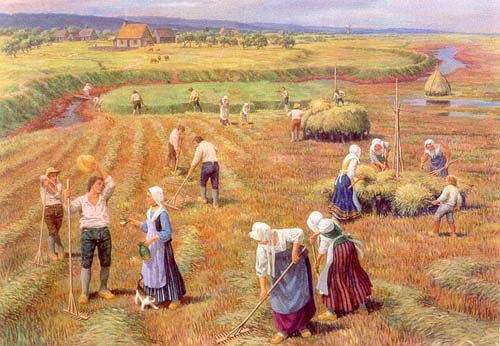
many of the settlers followed Samuel de Champlain (1608) north to found New France in modern day Quebec City
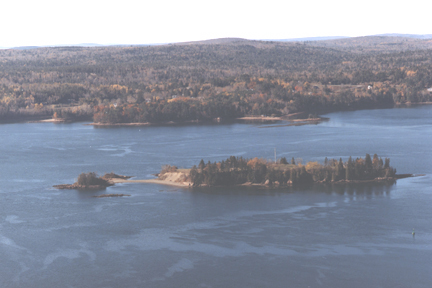
the first French settlement (1604) was established by Pierre Dugua, Sieur de Monts, Governor of Acadia
under the authority of King Henry IV, on Saint Croix Island. The following year, the settlement was moved
across the Bay of Fundy to Port Royal after a difficult winter on the island and deaths due to scurvy
Shakespeare's Midsummer Night's Dream (1596)
Sir Philip Sidney's The Countess of Pembroke's Arcadia (1590)
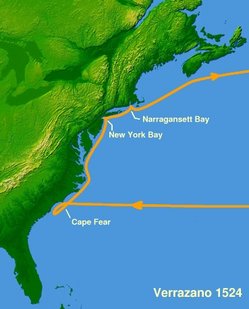
the origin of the name Acadia is credited to the explorer Giovanni da Verrazzano (1480-1527), who had the Greek
term "Arcadie", meaning land of plenty, written on the entire Atlantic coast north of Virginia on his sixteenth century map
the greek Arcadia was overrun by the Turks (1458)
Virgil's Eclogues (mid-30's bc)
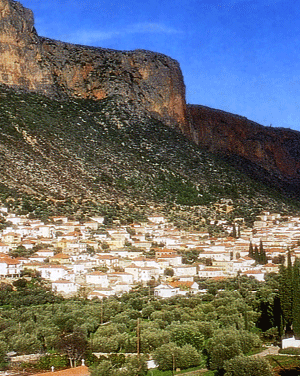
Arcadia (369 bc)

the Akkadian Empire (2300-2004 bc) was established by Sargon. His empire encompassed the region
of the Tigris and Euphrates rivers, and part of what is present-day Turkey. His capital was Akkad